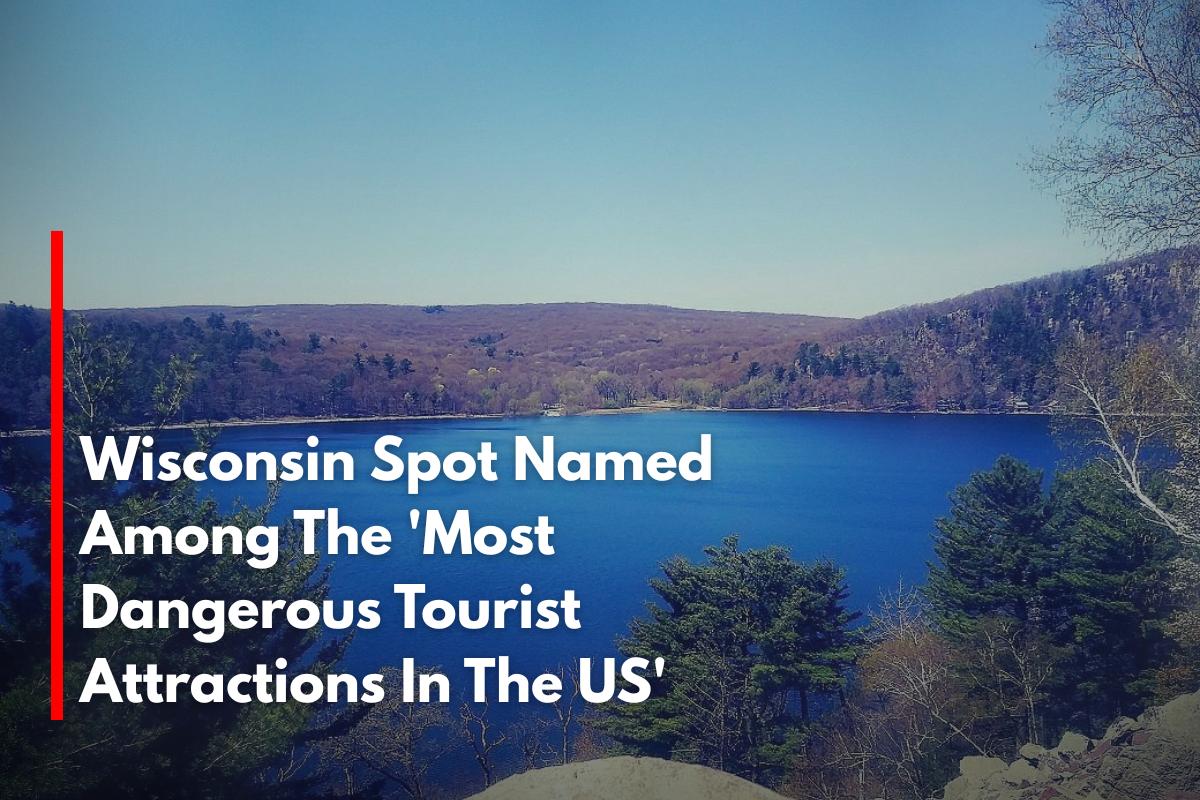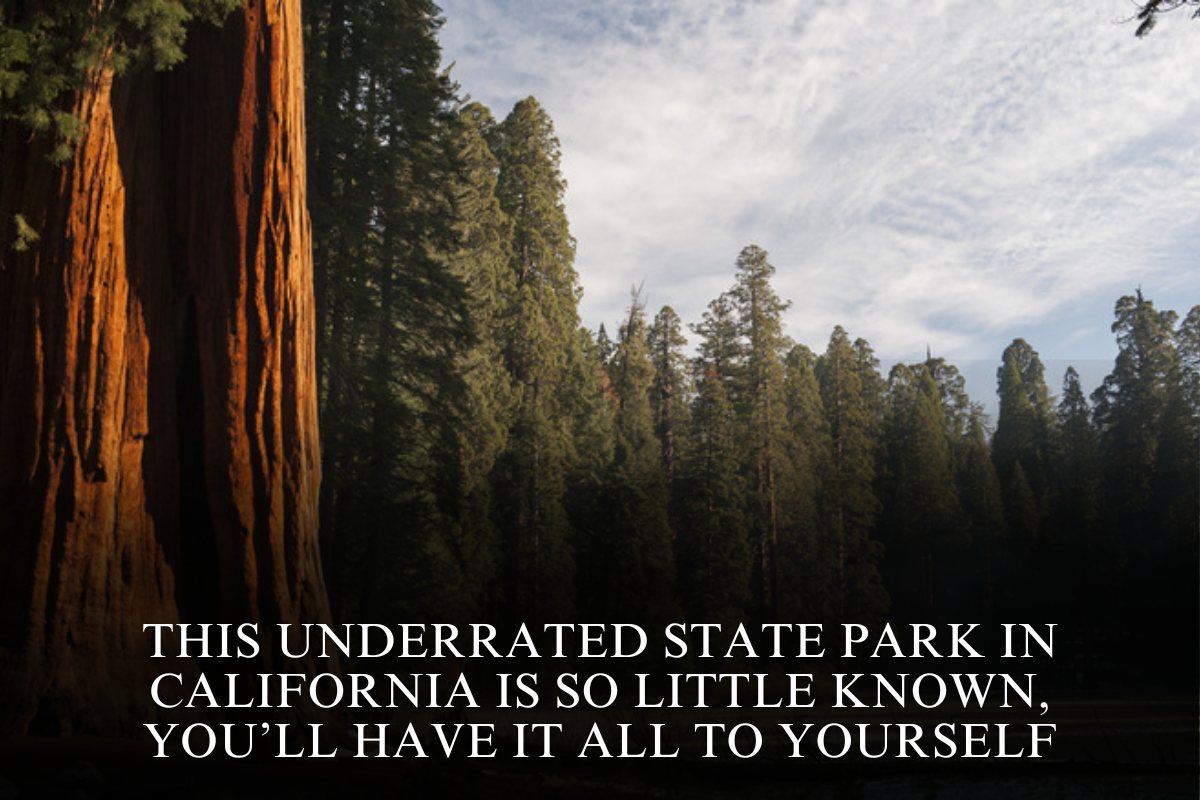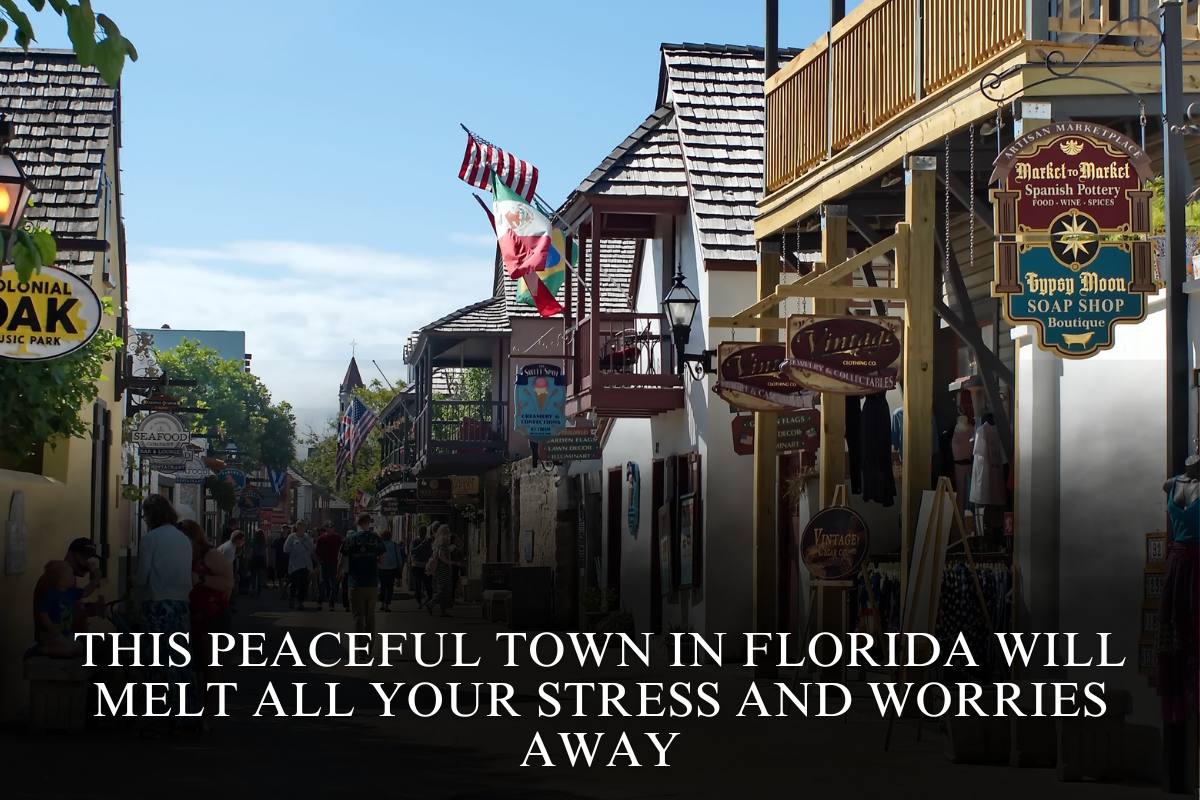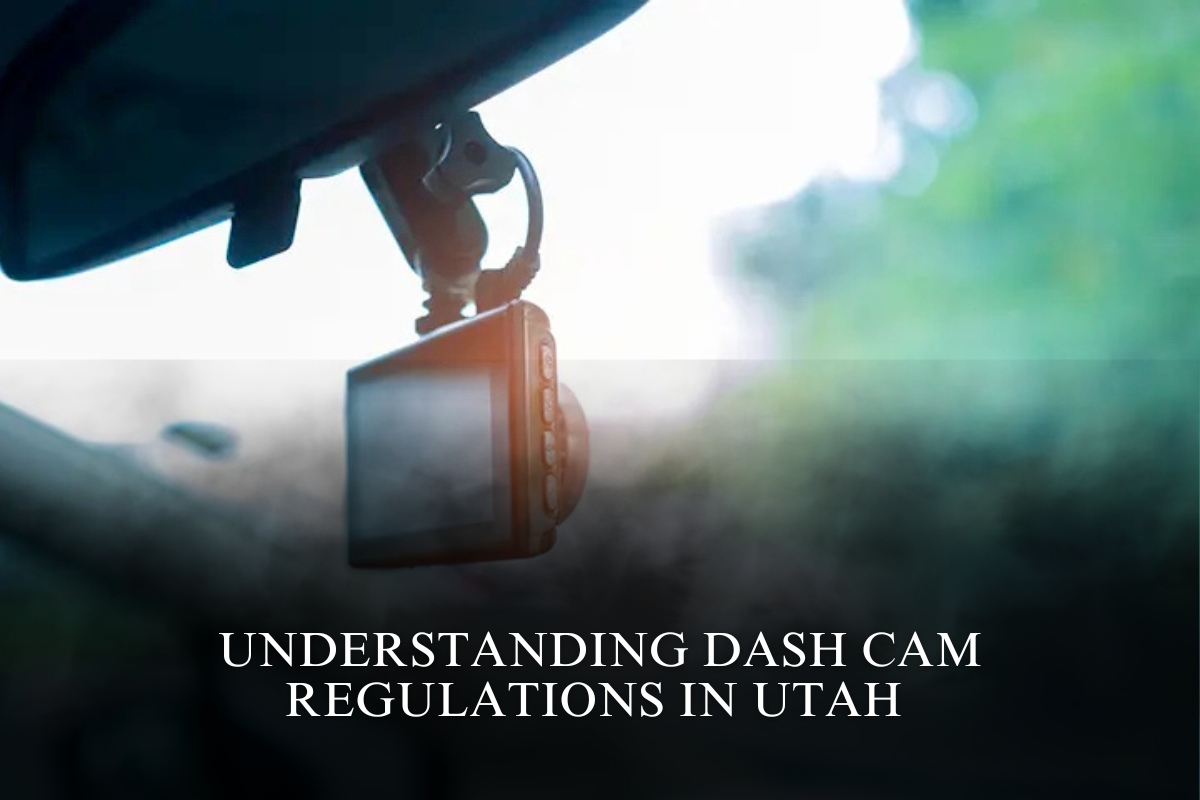Devil’s Lake State Park, nestled in the Baraboo Range, has not only earned fame as Wisconsin’s most visited state park but also captured national attention as one of the most dangerous tourist attractions in the United States. Though the park draws hundreds of thousands of nature lovers annually, its scenic bluffs, challenging trails, and sparkling lake conceal a history of serious hazards that place it among America’s riskier destinations for unsuspecting tourists.
What Makes Devil’s Lake So Perilous?
Steep Cliffs and Treacherous Trails
Cliffside Trails: The bluffs towering above Devil’s Lake rise up to 500ft, presenting breathtaking but hazardous hiking routes such as the East Bluff and West Bluff trails. Many portions lack guardrails, and the sheer drop-offs combined with slippery rocks increase the risk of fatal falls—accidents that have occurred multiple times in recent years.
Devil’s Doorway: A famed rock formation, this spot is notorious for attracting visitors who attempt daring photos close to the edge, often resulting in dangerous slips and near misses.
Unpredictable Terrain: Trails can quickly become treacherous during wet or icy conditions. Erosion and loose gravel further add to the dangers for ill-prepared hikers.
Aquatic Hazards
Drowning Risks: The lake itself is over 47ft deep in places, with chilly, dark waters and sudden drop-offs. Every year, swimmers and boaters suffer injuries or, tragically, drown—often due to underestimating the cold temperatures, overexertion, or ignoring warning signs.
Cliff Divers: Visitors sometimes jump from rocks into the water, a stunt that can lead to injury or death due to hidden hazards beneath the surface.
Overcrowding and Lack of Barriers
As one of the state’s busiest parks, especially in summer, Devil’s Lake can see thousands crowding its trails and beaches. The surge in visitors multiplies the potential for overcrowding-induced accidents, with little in the way of protective fencing to prevent missteps at dangerous points.
Noteworthy Incidents
Frequent Fatalities: Park records and local anecdotes recount at least one or two serious incidents each year, often linked to hiking or swimming accidents.
Unprepared Visitors: Many accidents involve those attempting difficult trails in improper footwear or ignoring warning signs; even experienced hikers can be caught off-guard by the unforgiving landscape.
High-Profile Tragedies: Occasional murder and rare SCUBA diving incidents have also occurred, showcasing the unpredictable potential for harm in the park’s seemingly serene setting.
Safety Tips for Visitors
Stay on designated trails, avoid bluff edges, and never attempt risky selfies or jumps from rock formations.
Swim only in designated areas and be mindful of cold water temperatures and sudden drop-offs.
Wear appropriate footwear and exercise extra caution in wet or icy weather.
Visit during less crowded periods to minimize risk from other hikers.
Why Devil’s Lake Still Draws Crowds
Despite its dangers, Devil’s Lake’s natural beauty—from quartzite cliffs to forested trails—remains irresistible. For those prepared to respect its hazards, the experience is unforgettable. But its blend of stunning vistas and documented dangers earn Devil’s Lake State Park its spot among the most dangerous tourist attractions in the US—a place of both adventure and caution.
Sources
[1] https://www.onlyinyourstate.com/nature/wisconsin/dangerous-nature-spot-wi
[2] https://www.reddit.com/r/wisconsin/comments/1gojv7r/how_often_do_people_die_at_devils_lake_state_park/
[3] https://devilslakewisconsin.com/most-dangerous-hazards-of-devils-lake-state-park/
[4] https://en.wikipedia.org/wiki/Devil’s_Lake_(Wisconsin)
[5] https://www.reddit.com/r/wisconsin/comments/1apj38b/worst_things_to_do_in_wisconsin/







